4health Special Care Adult Urinary Tract Health Formula Dry Cat Food
The 4health Special Care Adult Urinary Tract Health Formula Dry Cat Food can help support a healthy urinary tract. It’s designed to reduce urinary pH, while boosting the immune system with plentiful antioxidants. Part of a complete diet, this dry cat food also features omega fatty acids for skin and coat health, plus taurine for heart health. Available in a tasty meaty flavor, every bag of 4health adult dry cat food keeps both you and your pet happy. Made in USA.
The 4health Special Care Adult Urinary Tract Health Formula Dry Cat Food can help support a healthy urinary tract. It’s designed to reduce urinary pH, while boosting the immune system with plentiful antioxidants. Part of a complete diet, this dry cat food also features omega fatty acids for skin and coat health, plus taurine for heart health. Available in a tasty meaty flavor, every bag of 4health adult dry cat food keeps both you and your pet happy. Made in USA.
- Complete diet for adult cats of all breeds and sizes
- Helps support a healthy urinary tract by reducing urinary pH
- Formulated with select ingredients and underwent rigorous quality control processes
- Contains guaranteed levels of zinc, selenium and vitamin E for immune-supporting antioxidant nutrition
- Omega-6 and omega-3 fatty acids for skin and coat health
- Fortified with taurine to support heart health and eye health
- Controlled magnesium and phosphorous levels; guaranteed to contain no more than 1% phosphorous and 0.1% magnesium
- Delicious meaty flavor that cats love
- Made in USA
- Available in a 15 lb. or 6 lb. bag of dry cat food
- 4health Special Care Urinary Tract Health Formula for Adult Cats is formulated to meet the nutritional levels established by the AAFCO Cat Food Nutrient Profiles for maintenance
Additional information
| Country of Origin | Made in USA |
|---|---|
| Breed Size | Extra Small, Small, Medium, Large, Extra Large |
| Flavor | Chicken |
| Indoor/Outdoor | Indoor |
| Life Stage | Adult |
| Primary Flavor | Chicken |
| Packaged Height | 20 in. |
| Packaged Length | 4 in. |
| Packaged Width | 13 in. |
| Manufacturer Part Number | 9447 |


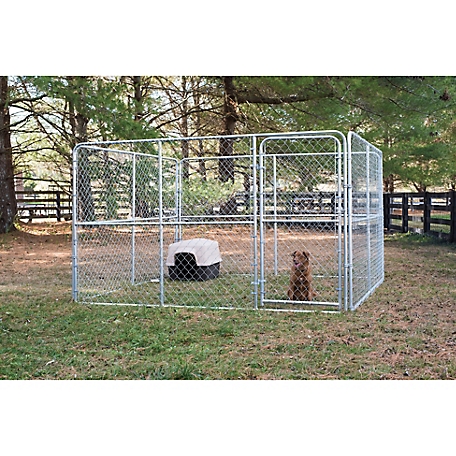
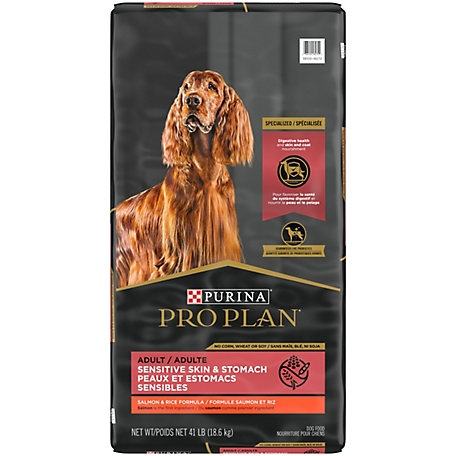



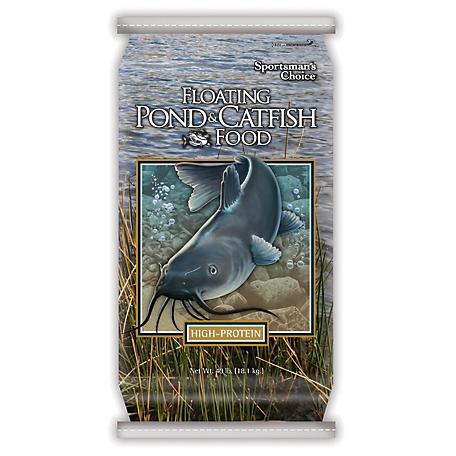
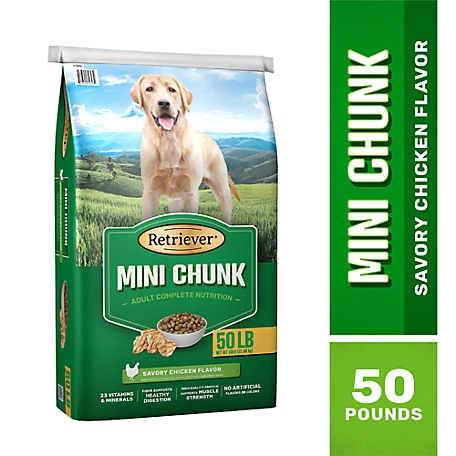

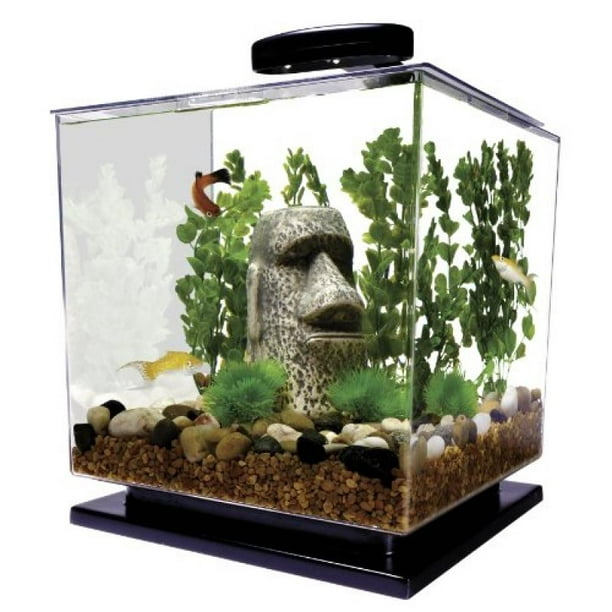
by Elder
Opening a new bag brings all the cats to their bowls. The one that had urinary issues that the vet said needed urinary support formula food had had no more issues and this is much less expensive than the prescription diet he prescribed.
by Brook
My 1yr old cat was diagnosed with diabetes after peeing everywhere but the litterbox. The vet wanted him on a urinary tract only wet food diet. We did the wet food for 2 weeks and could not keep his sugar up. I weaned him off insulin and still had low sugar. I switched to this food and within a week his sugar stayed in the 90’s (perfect) and he hasnt peed outside the litterbox at all. His fur came in siper thick and shiney. This food cured his diabetes! Took one star off for ingredients.
by Nicole
I started feeding this food when the brand I normally bought from Tractor Supply (Iams Urinary) became unavailable. I have 3 cats, one of which has urinary tract issues, so I feed this to all 3 of them. They all do well on it!
by Weezer
This urinary tract catfood is the only catfood of its kind that my cats will actually eat. Comparable products are either too expensive or my cats will not eat it. This is a good product that my cats love.